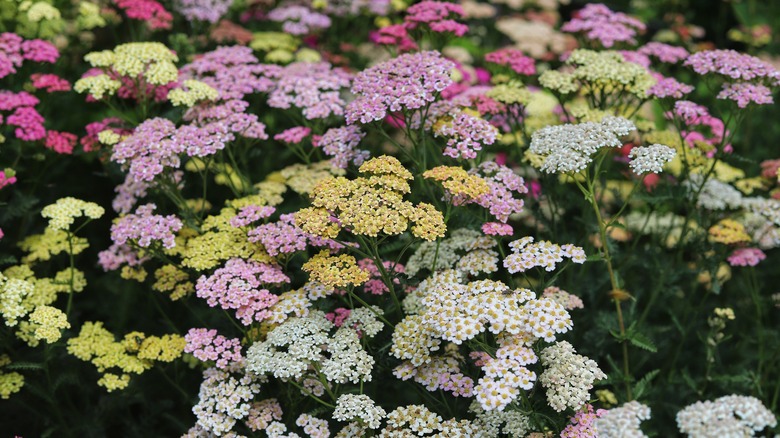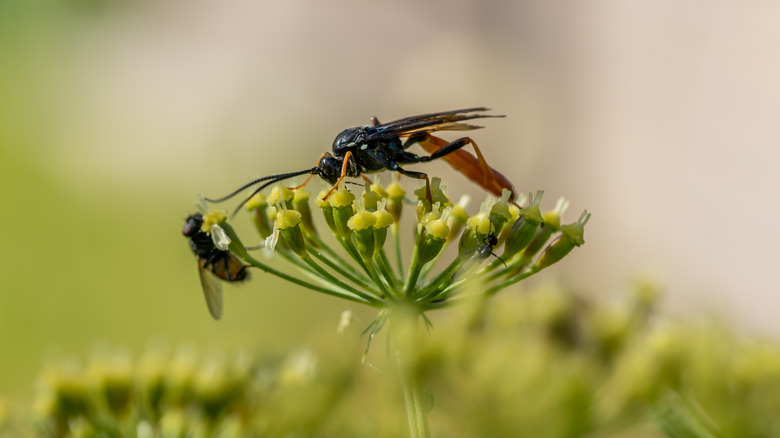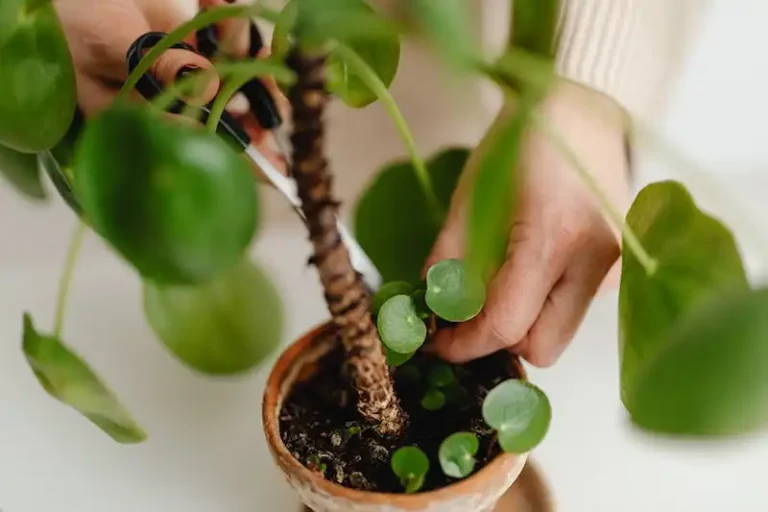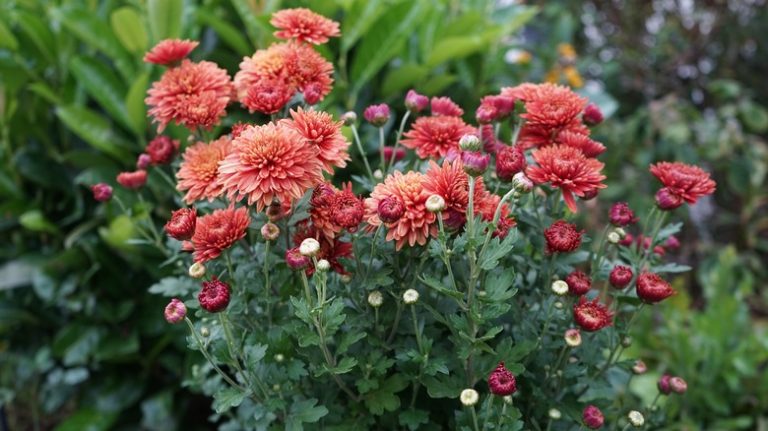A flower that will help you take out the insect trash sounds too good to be true. But Achillea millefolium, yarrow, can help you get rid of some of your least favorite pests. Perhaps the biggest headache in a garden is the tomato hornworm, which will eat up tomatoes and other plants in the Solanaceae family. Yarrow attracts parasitic wasps that feast on and kill the hornworms, making them a crucial insect of any garden with tomatoes and peppers.
Yarrow also attracts a plethora of pollinators, including bees and butterflies. When you have yarrow in your garden, you can count on having sufficient pollination. Yarrow can grow up to 3 feet tall and is covered in several tiny flowers with colors ranging from white to pink to yellow. They can become a bit too weedy for ornamental or edible beds, but they work well in a pollinator garden or an unused area of your yard.
Yarrow attracts beneficial insects

The tiny flowers of yarrow form a nice, flat landing pad for pollinators of all kinds to land on, making it a prime pollinating location for many species. It attracts butterflies which are big contributors to pollination, as well as ladybugs, hoverflies, and several native bee species, whose roles are important in local ecosystems. They also attract beneficial wasps like parasitic wasps, which also pollinate plants even though they eat meat instead of plants.
Attracting beneficial insects gets the ball rolling on natural pest control. Hoverflies and ladybugs eat aphids, so when the pollinator population increases, you can expect the aphid population to decrease. Parasitic wasps eat caterpillars that ravage your plants and can greatly reduce the population of them. If you have a big pest problem or don’t see many pollinators in your garden, yarrow is a good place to start. It’s a host for many species, is easy to care for, and will readily spread if you let them.
The parasitic wasp is a gardener’s best friend

Of all the insect-eating pests, you might want to thank the parasitic wasps the most. They’re friendly, even though you might have the urge to run at the thought of a wasp being nearby. The wasps look a lot like winged ants, are ⅛ inch long, and pose no dangers to humans since they can’t sting. Since they don’t have a stinger, you don’t have to worry about upsetting them or going after children.
The danger they can do is gruesome but welcomed in the garden. These wasps lay their eggs inside tomato hornworms. When the eggs hatch, they eat their way out of the hornworm and then create a cocoon on its back. The poor thing is usually still alive at this point; however, it’s incredibly weak, and death is just around the corner, thus stopping the never-ending nibbling on your tomato plants. Again, it’s gruesome but appreciated.



